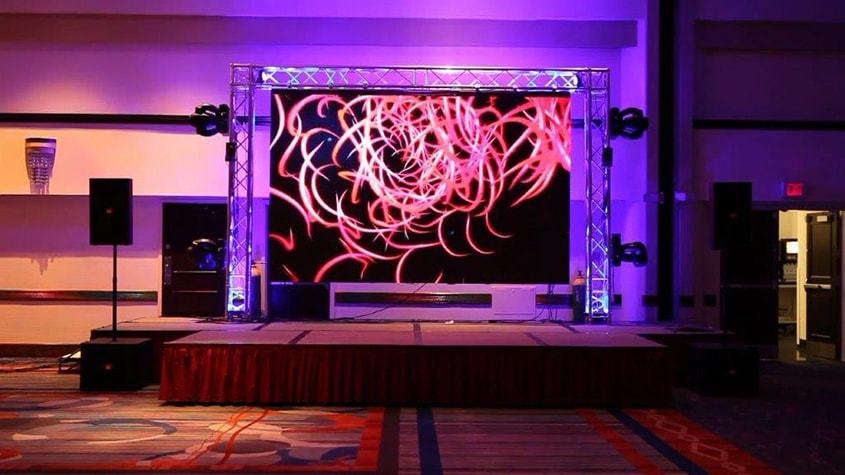Exploring the Longevity of Light Emitting Diode Display Panels in Contrast to Traditional Display Technologies
Exploring the Longevity of Light Emitting Diode Display Panels in Contrast to Traditional Display Technologies
Blog Article
LED panel panels have become progressively favored in recent years, particularly in settings like schools, corporate spaces, and community spaces. These panels use LED diodes (LEDs) to create vivid and lively visuals. One of the most notable advantages of LED innovation is its durability compared to conventional display methods, such as cathode tube tubes (CRTs) and liquid display screens. Grasping the differences in duration and performance between these options can help consumers make knowledgeable choices about their display requirements.
Traditional screen technologies, like CRTs, have been present for many decades. They were frequently used in televisions and PC screens. However, CRTs have a limited lifespan, generally lasting approximately 10,000 to 20,000 hrs of use. This means that after a few of years, consumers may observe a decline in image clarity, such as dimming or hue deformation. In contrast, LED panel panels can last considerably longer, often exceeding 50,000 hours. This prolonged lifespan means that users can experience consistent performance without the requirement for regular substitutions.
Another crucial factor to consider is power efficiency. LED panel screens consume less power than conventional displays, which not only benefits the ecosystem but also reduces power costs. For example, while a CRT screen may use around 100 watts of energy, an LED screen can use as little as 30 to 50 W. This discrepancy in power consumption contributes to the total longevity of LED technology, as lower energy usage generates less check it out heat. Excess thermal energy can harm electronic components, resulting to a reduced lifespan for traditional screens.
In furthermore to their longer lifespan and power conservation, LED wall panels also provide superior image clarity. They offer brighter colors and improved differentiation, making them perfect for various applications, from marketing to learning presentations. The technology behind LED screens allows for a broader sight angle, meaning that visuals stay sharp and lively even when viewed from the flank. This is a major advantage over conventional displays, which often suffer from hue distortion and diminished luminosity at wider angles.
In summary, the durability of LED panel panels compared to conventional screen technologies is a key factor for consumers to take into account. With lifespans that can surpass 50,000 hours, energy efficiency, and enhanced image quality, LED innovation offers many benefits. As technology continues to advance, LED wall screens are probably to turn even more common in various settings. Understanding these differences can help individuals and entities make improved decisions when purchasing in display innovation, ensuring they receive the optimal value for their needs.